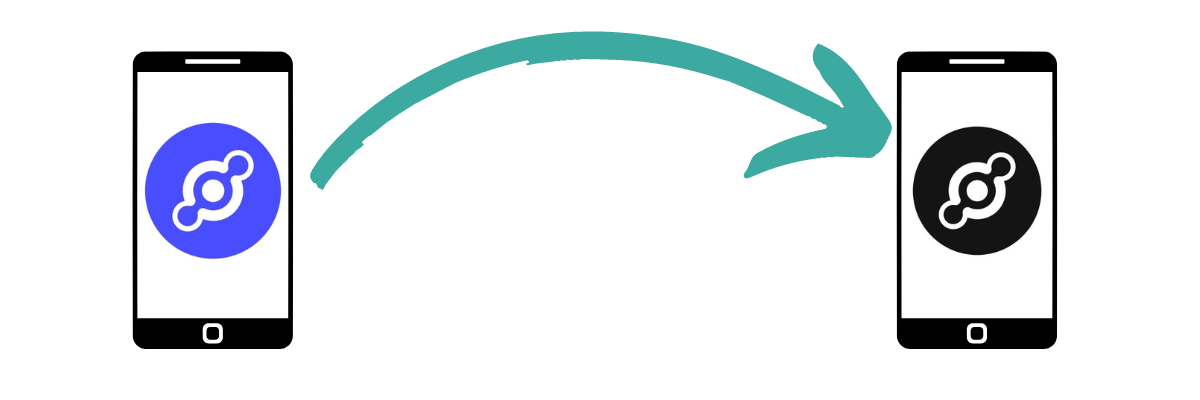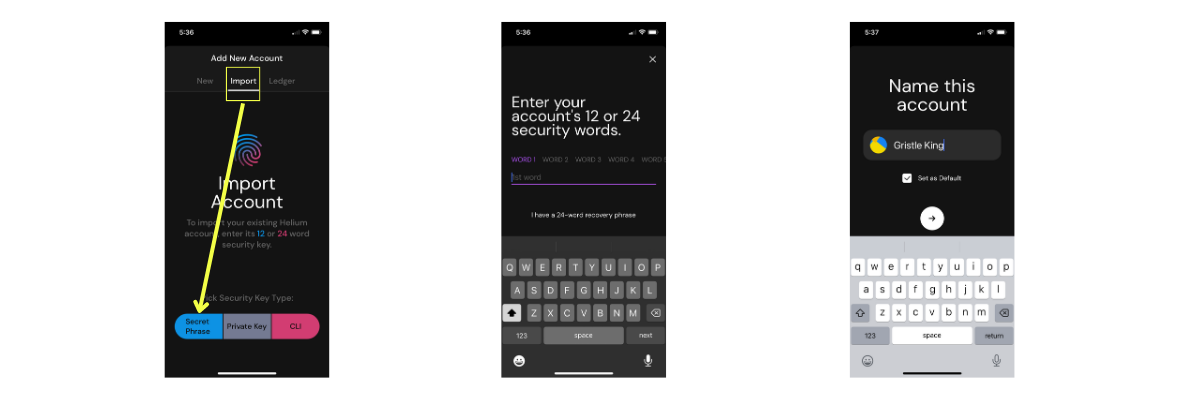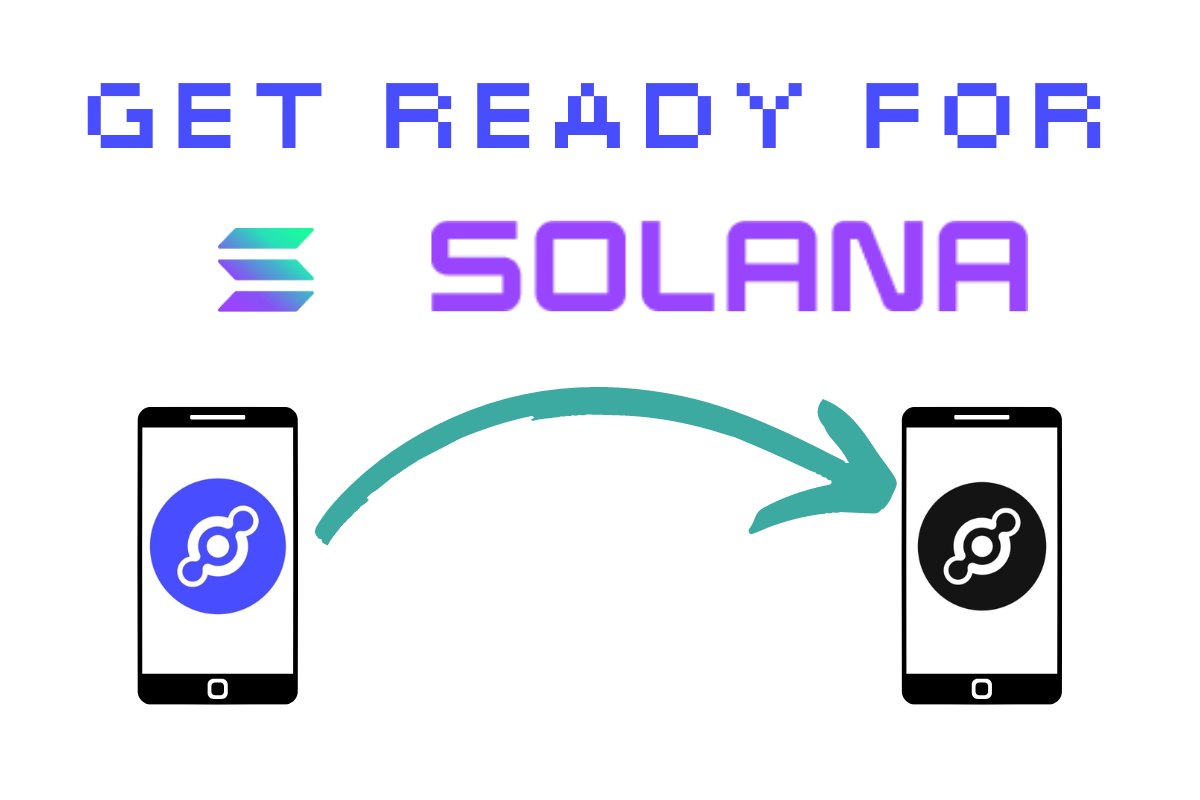We’re about to make one of the largest migrations ever done on a blockchain, from one L1 to another. Sure, there have been other large migrations, but this is easily the largest ever seen in the DePIN space. With that that as our framework, let’s talk about the reasons for the move, the challenges we face, the opportunities on Solana, and what your expectations for the move might reasonably be.
First, let’s talk reasons. The idea of Helium having their own L1 was born out of necessity; no other L1 at the time did what Helium needed to be able to do. The Helium team (now mostly the Nova team, though many former Nova employees are now at Helium Foundation) built the thing they needed. When they built it, I don’t think anyone on the team thought Helium would get as big as it did as fast as it did. But it did.
We all watched Helium grow from from 0 to 900k LoRaWAN nodes in less than 3 years, something that never happened before and probably won’t ever happen that fast again. We’re coming back down to more reasonable levels now, around 400k Hotspots as I type this in late March of 2023. I expect we’ll eventually settle somewhere around 200k globally, for reasons that combine utility (“I need a Hotspot here to provide coverage”) and incentives (at around 200k Hotspots on the network the amount of HNT earned is enough of an incentive to maintain it).
Of course, Helium isn’t just the world’s largest LoRaWAN network anymore (for comparison, TTN, the nearest competitor, is one twentieth the size with 22k gateways globally). From the beginning, their white paper has talked about multiple wireless protocols, and we’ve seen CBRS launched in the last year with rumblings of WiFi, VPNs, and CDNs in the future. To accomodate all these networks, we need something that the Helium L1 doesn’t have, which is the ability to easily run multiple tokens all tied to one token, with data credits flowing across all systems.
Enter Solana. Love it or hate it, it’s one of the largest blockchains that can handle this job. It’s big, it’s fast, it’s got a lively developer community, is reasonably stable, and is likely to continue to improve. Of course there are others that could also work, but Solana is where we’re going.
So, now that we’ve established where we’re going and why, let’s talk about the challenges, opportunities, and expectations. Let’s start with expectations for the transition.
Expectations & Action Required
Let’s start with what you should do to prepare.
First, make sure you have your 12 words for any Helium wallet you have written down somewhere safe. You can hammer ’em into metal, you can type ’em on a typewriter, you can write ’em on a piece of paper…whatever. Just make sure you have ’em somewhere safe. What else should you do?

Second, transition from the blue to the black Helium app. The blue one is the old one, the black one is the new one. Search in your App store for the Helium app that’s black, load it up, enter your 12 words, and you’re done. You can always find it at: https://docs.helium.com/wallets/helium-wallet-app/

Yep, it’s that easy. If you want to explore a little bit more, pick up a Phantom wallet, dig into the Settings on the Helium black app, and play around. One note; if you’re using a Phantom wallet you’ll need your “Private Key” (the grey button in the image on the left above), not your 12/24 word secret phrase.
Now, that’s all YOU have to do. The Helium team has way more of the load than you.
On April 18th (the expected transition date), I’d make sure I don’t have any Helium-related activities planned. No installs, no transfers, no DC top ups, no mission critical sensors, no new purchases. Just chill, yo. I’d expect about a 48 hour transition. The transition is unlikely to be without flaw. Despite the best efforts of very talented people, this is a complex and large thing never done before.
As a reasonable human, you should expect turbulence in the short term. Exchanges will halt deposits. You won’t be able to pull tokens out. The system won’t work temporarily. In the long term it’ll work out, but if you brace yourself for significant short term turbulence you’ll be able to navigate the transition much better. This includes the expected FUD that’ll take over the Helium Twitterverse as we transition. If you see things like “Helium is DED!” or “Helium fail” or “Blockchain darling dead on arrival” you’ll know that the team is making good progress, learning a ton, and not yet on the far side of a successful transition.
Challenges
Ok, so let’s hit a few of the challenges we expect to face with this transition. After all, there’s no sense in ignoring known issues.
The transition to Solana means that Helium will rely on Solana staying up over the long term. Historically they’ve been pretty good about that, but they have gone down, and when they do that’ll affect the Helium ecosystem. Helium will continue to work (due to the Oracle system), but you won’t see token payments flowing into your wallet until Solana comes back online, at which point you’ll get all the “back pay” you’re owed.
This idea of a blockchain going down isn’t something unique to Solana; every blockchain has occasional problems. The good news here is that the Solana ecosystem is healthy, it’s very likely they’ll continue to improve it, and in the long term if we really need to we can shift again.
A second challenge is that manufacturers of Helium Hotspots won’t keep up to date. Syncrobit is an example of this. They stopped releasing updates a few months ago. RAK, Bobcat, and Seeed are examples of manufacturers who are being good actors, keeping their firmware updated, and staying on top of making sure the network stays healthy.
Opportunities
Ok, let’s talk about the good stuff. What will happen?
Hotspots will beacon every 6 hours, so you’ll know it’s alive, it’ll earn (small amounts, to be sure), and there’ll be much less uncertainty regarding your Hotspot’s status.
We’ll see new tools, an updated Explorer, more outside vendors coming in to provide useful data, a more scalable network (something that can support millions and even billions of devices, not just hundreds of thousands.)
The LoRaWAN infrastructure will be much more flexible; you’ll be able to run any LNS you want, or even be a roaming partner. Pretty rad!
We’ll see that updates will be way easier, the network will be more stable, gateways will connect directly with packet routers at the edge, and in general you’ll have far less of a technical headache when it comes to making sure everything is working. Remember, Helium recently passed a stringent audit from Sec3, and while no human made is perfect (other than my wife), the network is looking pretty darn healthy from their perspective!
Finally, with Helium on Solana, we’ll have access to the larger DeFi and Solana ecosystem, which brings us all one step closer to a universally integrated decentralized system. That is VERY cool.
What’s Next?
For now, we just chill. Make sure you have your 12 words, switch from the blue to the black app, then go do something else for about a month. If you’re unable to tear yourself away from the Helium ecosystem and want a blow-by-blow view, you should expect to wake up after Migration Day and you’ll see your Hotspot has mined IOT, not HNT.
As for me, I’ll be deploying sensors for another few weeks. On April 18th I’ll probably roast a few batches of coffee and see if I can record a few segments for the new DePIN State show I’m running with Max Gold. If you want a bag, swing on by the Paleo Treats office; I’m giving ’em away because, while roasting is fun, I need to get in my reps, and that requires producing way more coffee than I can drink. Enjoy the abundance!


Leave a Reply